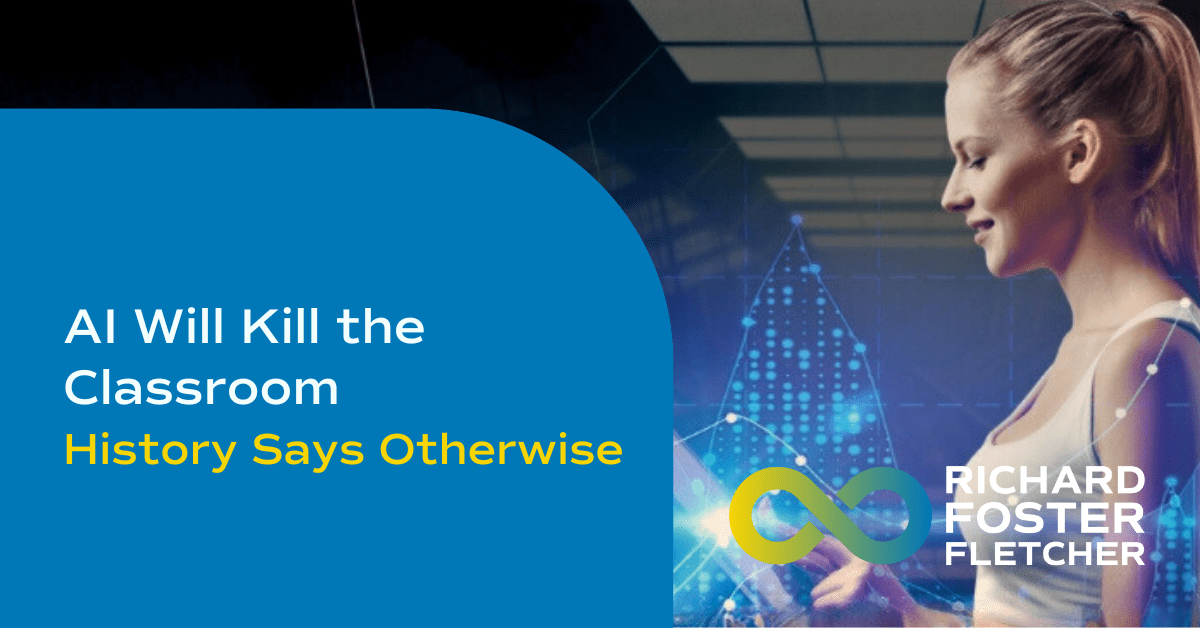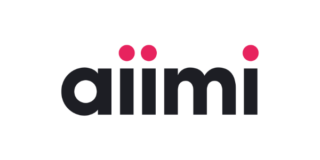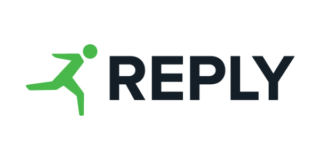
AI Will Kill the Classroom! History Says Otherwise

When discussing the future of education with educational leaders, principals, and CEOs of educational institutions, the common reaction to the notion that AI will kill the classroom is a bemused smile. Predictions about the death of the traditional classroom have been circulating for decades. The advent of online learning, e-books, MOOCs (Massive Open Online Courses), and virtual reality have all been touted as revolutionary changes that would render traditional classrooms obsolete. Despite these forecasts, traditional classrooms have persisted and continue to play a vital role in education.
A Historical Perspective on Technological Predictions
The history of educational technology is rich with predictions about transformative change. When online learning platforms first emerged, many believed they would replace physical classrooms entirely. E-books were expected to render physical textbooks obsolete, and MOOCs were seen as the future of higher education, potentially replacing the need for traditional universities. Virtual reality was heralded as a tool that would revolutionise the learning experience, making physical classrooms unnecessary.
However, despite these innovations, the core structure of education has remained largely intact. Traditional classrooms have proven resilient, adapting to incorporate new technologies rather than being replaced by them. This history teaches us that while technology can enhance education, it rarely eliminates existing structures.
The Role of Technology in the Classroom
Some educational leaders believe that classrooms might paradoxically become less visibly technological as AI increasingly runs in the background. The goal is to enhance the learning environment without technology dominating it, thus creating more time for direct interaction between teachers and students. AI can never replicate the passion and experience a teacher brings to the classroom, which remains a critical element of education.
In further education institutions across the UK, the impact of a dedicated teacher is often cited as the primary reason students continue their studies. This underscores that AI-generated personalised education is not on the immediate horizon. However, there are concerns about the amount of data teachers are feeding into free or low-cost AI models like ChatGPT. This data is effectively training these models on teaching methods, raising questions about future implications in a sector that is often underfunded and inefficient.
Potential Disruptions and Opportunities
While the notion of AI fundamentally transforming education seems distant, vigilance is necessary. History has shown that disruptive forces like Amazon, Uber, or Airbnb can emerge and radically alter various sectors, including education. Teachers need to be aware that if they train AI on their teaching methods, it might eventually replicate their work to a high standard.
Despite these potential threats, AI presents immediate opportunities to alleviate the workload of overburdened educators. AI can significantly reduce the time spent on creating lesson plans, curriculums, quizzes, and presentations. The multimodal capabilities of AI, such as generating music or visual content, can aid in creating engaging, varied learning materials that cater to different learning styles.
Enhancing the Learning Experience
Custom GPTs can be developed for individual homework assignments, allowing students to interact with AI to better understand tasks, access additional learning resources, and receive feedback at multiple stages of their assignments. This iterative feedback process is far more effective than waiting for teacher assistance after each step.
In practical applications, AI is being used to create simulations where students can interact with AI impersonating industry professionals, helping them understand career paths and techniques in a conversational manner. Additionally, AI has proven especially beneficial for students whose first language is not English, aiding their communication with teachers and administrators. This use case helps English for Speakers of Other Languages (ESOL) students better engage with their educational environment, overcoming language barriers.
Challenges and Considerations
However, access to AI tools does not automatically translate to proficiency. Socioeconomic factors, such as the support system surrounding students, play a crucial role in their ability to utilise these tools effectively. In one college, when I suggested that students might use ChatGPT to pre-mark their homework to improve their grades, educators pointed out that many students struggle with basic literacy, highlighting the gap in AI tool proficiency and my own experiences!
While AI offers vast potential to enhance education, the transition will be gradual. Traditional classrooms will remain, enriched by AI technologies running in the background, supporting rather than replacing teachers. For the UK to stay competitive, it is essential to upskill our population to harness these tools effectively. Without this, we risk falling behind in the global educational landscape. History has shown that while technology can significantly enhance education, it rarely replaces the foundational structures that have proven effective over time.
















